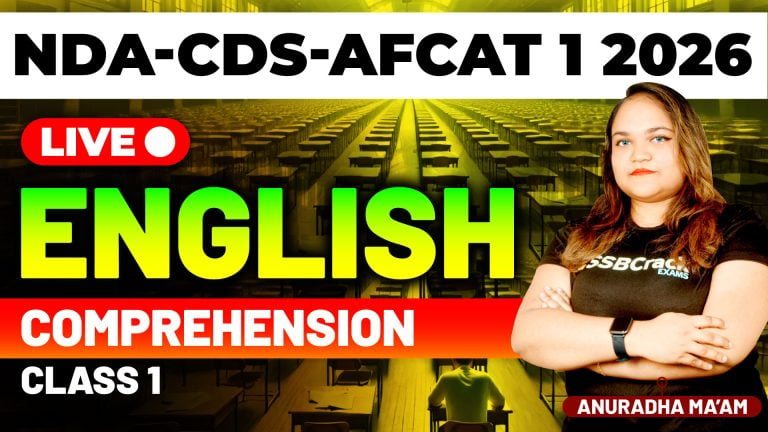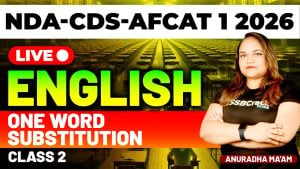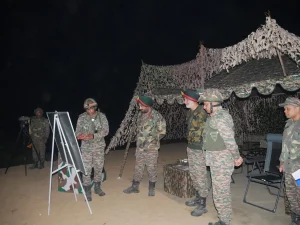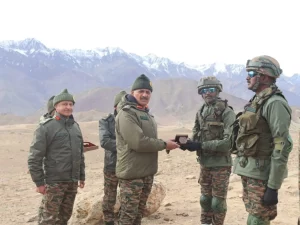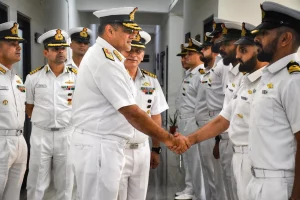Direction and Distance is a crucial topic in the Reasoning section of the AFCAT exam. It tests a candidate’s ability to track movement, understand orientation, and determine relative positions using basic directional logic. Mastering this topic will help aspirants solve problems quickly and accurately.
Concepts of Direction & Distance
To solve questions effectively, you need to understand the fundamental directions and their relations.
1. Cardinal Directions
- Primary Directions: North (N), South (S), East (E), West (W)
- Intermediate Directions: North-East (NE), North-West (NW), South-East (SE), South-West (SW)
2. Turns & Angles
- Right Turn: 90° clockwise
- Left Turn: 90° counterclockwise
- Half Turn: 180° (opposite direction)
- Full Turn: 360° (back to the starting direction)
3. Distance Calculation
Use the Pythagoras theorem for diagonal movements:Distance=(x2+y2)\text{Distance} = \sqrt{(x^2 + y^2)}Distance=(x2+y2)
where xxx and yyy are the horizontal and vertical movements.
Types of Questions in AFCAT
1. Basic Movement-Based Questions
Example:
Ravi walks 10m north, then 5m east, then 10m south. How far is he from his starting position?
Solution:
- Net movement: 5m east
- Answer: 5m
2. Direction after Turns
Example:
A person starts facing east, turns left, then left again, and then right. In which direction is he facing now?
Solution:
- Facing east → Left (north) → Left (west) → Right (north)
- Answer: North
3. Shadow-Based Questions
Example:
If it is morning and a man is facing his shadow, in which direction is he facing?
Solution:
- In the morning, the sun rises in the east, and shadows fall towards the west.
- If the man is facing his shadow, he is facing west.
- Answer: West
Tips & Tricks to Solve Direction & Distance Questions
- Use a Compass or Direction Chart
- Always visualize movement on a rough sketch.
- Break Movements into Components
- Treat east-west and north-south movements separately.
- Apply Pythagoras Theorem for Shortest Distance
- If movements are in perpendicular directions, use the formula (x2+y2)\sqrt{(x^2 + y^2)}(x2+y2).
- Understand Left & Right Turns Clearly
- Clockwise for right turns, counterclockwise for left turns.
- Practice with Real-Life Scenarios
- Observe directions while traveling to build intuition.
Conclusion
Direction & Distance questions in AFCAT require logical thinking and visualization. By practicing regularly and following structured problem-solving approaches, candidates can enhance their accuracy and speed in solving these questions.
Practice Set
Try solving the following:
- A person walks 6m north, then 8m east, and finally 6m south. How far is he from the starting point?
- A person is facing south. He turns 45° left, then 90° right. In which direction is he now facing?
Stay consistent with practice, and you will master this topic easily!








